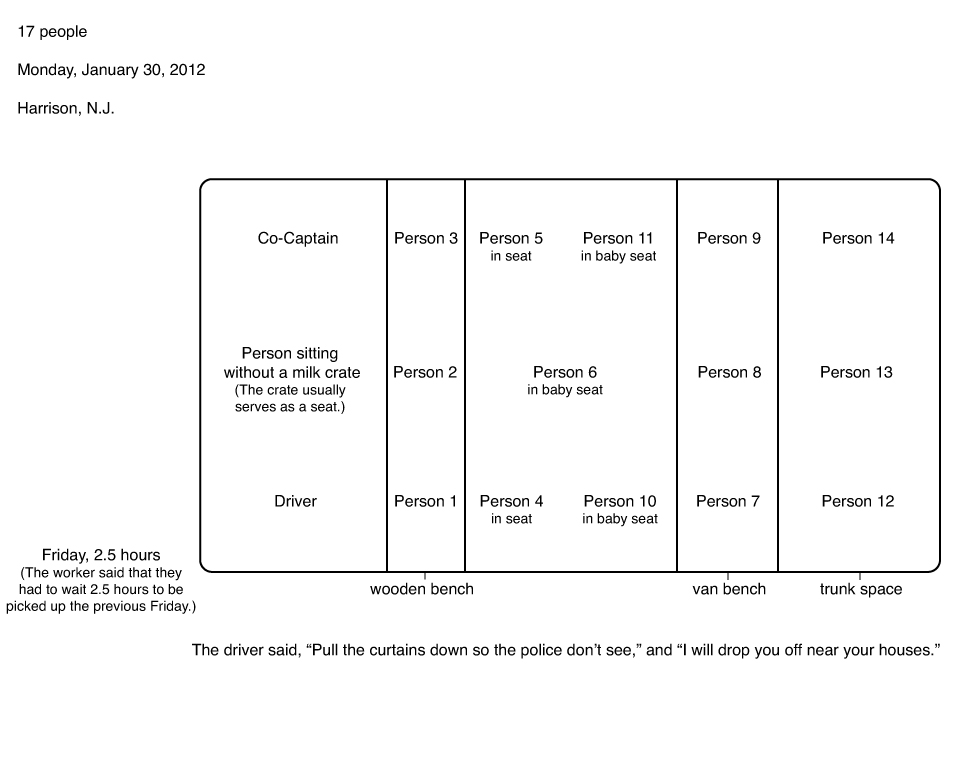What George Zimmerman Can Do Now

Late Saturday night, a jury in Sanford, Florida acquitted George Zimmerman of all charges in the shooting of 17-year-old Trayvon Martin. Charlie Pierce of Esquire reflects on what this all means:
[S]ome night very soon, if he so chooses, George Zimmerman can load his piece, tuck it into the back of his pants, climb into his SUV, and drive around Sanford, Florida looking for assholes and fucking punks who are walking through neighborhoods where he, George Zimmerman, defender of law and order, doesn’t think they belong. He can drive around Sanford, Florida and check out anyone who is dressed in such a manner as might frighten the average citizen who has been fed a daily diet of “Scary Black Kids” by their local news and by their favorite radio personalities, and who is dressed in such a manner as might seem inappropriate to their surroundings as determined by George Zimmerman, crimebuster. He can drive around Sanford, Florida until he spots an asshole or a fucking punk and then he can get out of his SUV, his piece tucked into the back of his pants, and he can stalk the asshole or the fucking punk, the one who is in the wrong neighborhood, or who is dressed inappropriately, at least according to George Zimmerman, protector of peace. If the asshole, or the fucking punk, turns around and objects to being stalked – or, worse, if the asshole, or the fucking punk, decides physically to confront the person stalking him – then George Zimmerman can whip out the piece from the back of his pants and shoot the asshole, or the fucking punk, dead right there on the spot. This can happen tonight. That is now possible. Hunting licenses are now available and it’s open season on assholes, fucking punks, and kids who wear hoodies at night in neighborhoods where they do not belong, at least according to George Zimmerman, defender of law and order, crimebuster, and protector of the peace, because that is what American society has told George Zimmerman, and all the rest of us, is the just outcome of what happened on one dark and rainy night in February of 2012.
More reactions to the verdict from Ta-Nehisi Coates (Hillman ‘12), Jelani Cobb, Scott Lemieux, and Emily Bazelon.
[Photo credit: Greg Lily, Creative Commons, 2012.]









